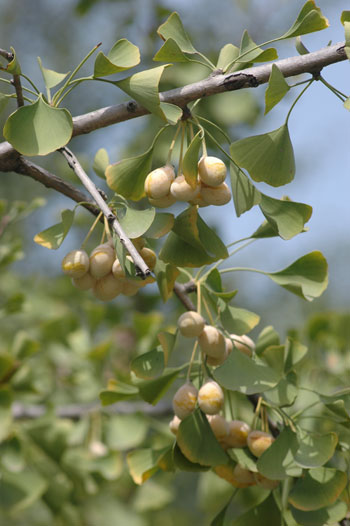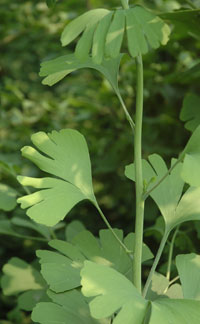Images - Arranged by Taxonomic Groups
| Angiosperms | Bryophytes | Caytoniales | Conifers | Cycadophytes | Ferns | Ginkgophytes | Leptostrobaleans |
|---|
| Lycophytes | Sphenophytes |
|---|
Ginkgophytes |
Arctic Fossil Ginkgophyte Images |
| Ginkgophytes (Ginkgo, Sphenobaiera, etc.) were a significant component of Arctic forests throughout the Late Cretaceous but disappeared from northern Alaska in the Campanian. Most often they occured as various species of Ginkgo and some were highly dissected compared to the modern single surviving species, Ginkgo biloba. They were not dominant forest trees, but were particularly prevalent along river margins before the arrival of the flowering plants (angiosperms). Until the Coniacian other ginkgophytes such as Sphenobaiera appear to have occupied a similar environment but their presence in the understory of floodplain forests cannot be ruled out. Sphenobaiera leaves and most abundant in the Albian and early Cenomanian but therafter they decline. The latest Arctic occurence of Sphenobaiera is in the Arman River Section but those specimens are not illustrated in this work. |  |
||
|---|---|---|---|
 |
The leaves of modern Gingo biloba display a great range of morphologies from fan-shaped and undissected (right), through a simple partial division into two 'lobes' (hence the name 'biloba') to highly dissected forms similar to those found abundantly in the Cretaceous. These dissected forms (left) are most commonly found on juvenile or 'sucker' shoots arising from near the base of the trunk. |
||
Ginkgo trees are either male (pollen producers) or female, which produce seeds surrounded by a foul-smelling fleshy coat (left) that is attractive to some animals. |
|||
